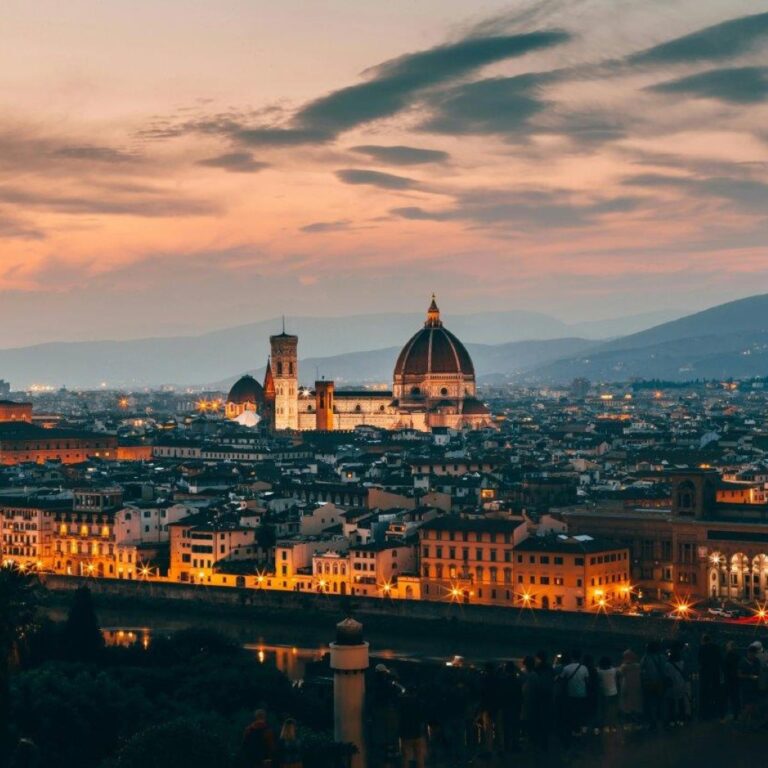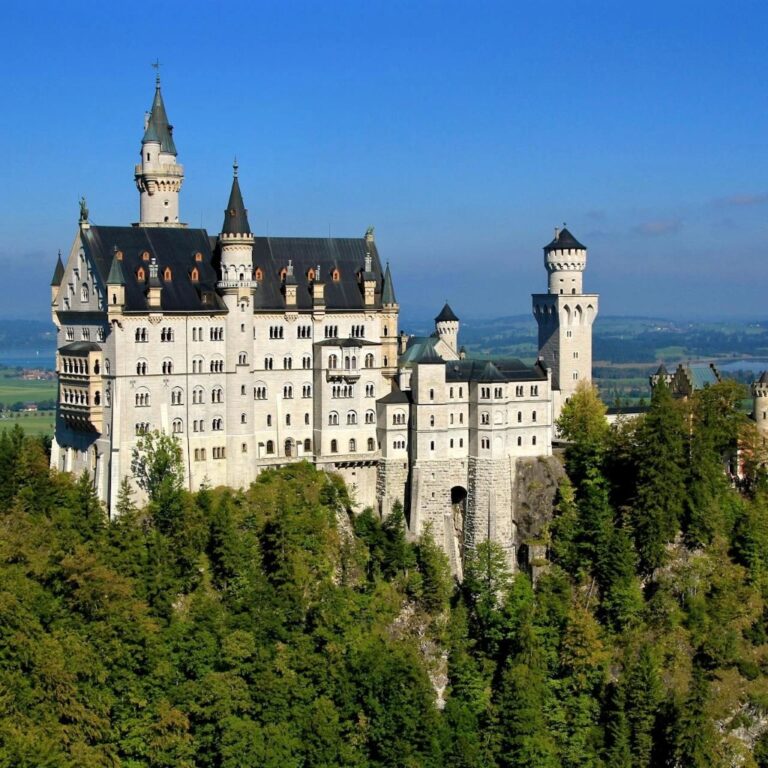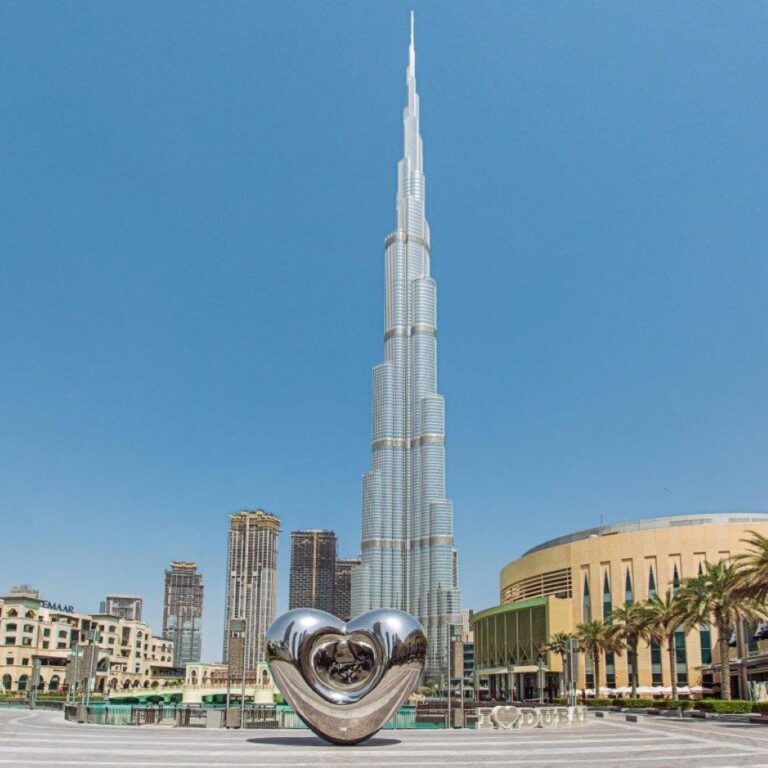Florence was founded in 59 BC by Julius Caesar as a settlement for his veteran soldiers and named 'Florentia,' meaning 'flourishing.'
The city is considered the birthplace of the Renaissance and has been home to many famous artists, including Michelangelo, Leonardo da Vinci, and Botticelli.
The iconic Florence Cathedral, or Duomo, features a dome engineered by Filippo Brunelleschi, which remains the largest brick dome ever constructed.
The Uffizi Gallery is one of the most famous art museums in the world, housing masterpieces such as Botticelli's 'The Birth of Venus' and Leonardo da Vinci's 'Annunciation.'
The Ponte Vecchio, a medieval stone bridge over the Arno River, is famous for its shops selling jewelry, art, and souvenirs.
Florence's historic center is a UNESCO World Heritage Site, known for its preserved Renaissance architecture and artistic heritage.
The Palazzo Vecchio, Florence's town hall, is a fortress-like building that has served as a symbol of political power since the Middle Ages.
Florence was the first city in Europe to have paved streets, a project initiated in the 14th century.
The city is the birthplace of the Italian language, thanks to the works of Dante Alighieri, whose 'Divine Comedy' helped standardize the Tuscan dialect.
Florence is famous for its cuisine, with traditional dishes like bistecca alla fiorentina (Florentine steak) and ribollita (a hearty vegetable soup).
The Boboli Gardens, behind the Pitti Palace, offer a stunning example of Italian Renaissance landscaping and design.
The Medici family, powerful patrons of the arts and politics, ruled Florence for much of the Renaissance period.
Florence has over 80 museums and art galleries, making it one of the most culturally rich cities in the world.
The city hosts the annual Calcio Storico, a historic football match dating back to the 16th century, played in medieval costume.
The Basilica of Santa Croce is the burial place of many illustrious Italians, including Michelangelo, Galileo, and Machiavelli.
How useful was this post?
Click on a star to rate it!



